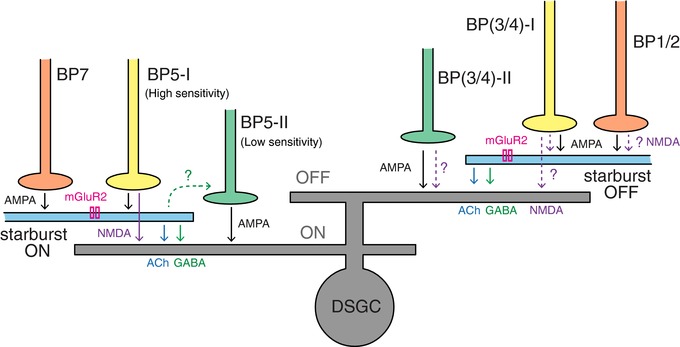Figure 8. Schematic illustrating the HEX‐sensitive/DS cell circuitry.

The ON starbursts and ON dendrites of DSGCs receive depolarizing glutamate excitation (i.e. AMPA receptor activity) from distinct bipolar cells (Poleg‐Polsky & Diamond, 2016; Sethuramanujam et al. 2017). BP5‐I, a bipolar cell with high‐contrast sensitivity, probably provides AMPA receptor‐mediated excitation to ON starbursts while providing NMDA receptor‐mediated excitation to ON dendrites of DSGCs (Sethuramanujam et al. 2017). BP5‐II, a low‐sensitivity bipolar cell, provides AMPA receptor‐mediated excitation exclusively to DSGC ON dendrites. Furthermore, BP7 provides exclusive AMPA receptor‐mediated inputs to starbursts (Helmstaedter et al. 2013). In the OFF pathway, BP1/2 and BP(3/4)‐I provide excitation to starbursts via AMPA and NMDA receptors (Fransen & Borghuis, 2017). BP(3/4)‐I also provides excitation to DSGCs (Helmstaedter et al. 2013), probably via NMDA receptors to ensure robust direction computation (Sethuramanujam et al. 2017). BP(3/4)‐II provides exclusive excitation to DSGCs via AMPA receptors and possibly via NMDA receptors. The OFF NMDA receptor pathways require further confirmation and hence are indicated by a dashed line. Both starbursts provide ACh excitation and GABA inhibition to DSGCs. Starbursts express mGluR2 receptors, which upon activation reduce ACh/GABA release. Furthermore, the ON starbursts seem to provide GABA inhibition to BP5‐II, a circuit feature absent in the OFF pathway.
